Home>Data Storage>SD Cards>How Important Are SD Cards?
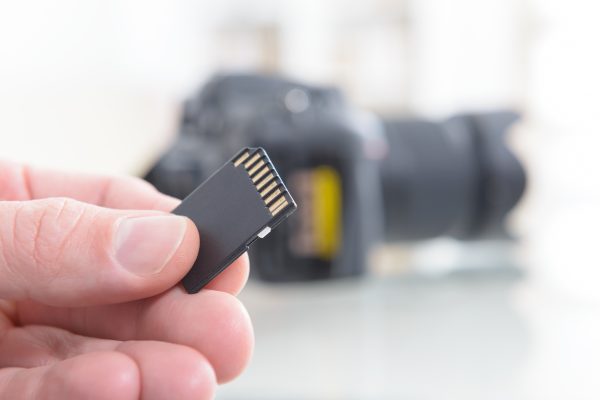
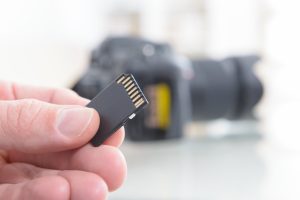
SD Cards
How Important Are SD Cards?
Modified: December 6, 2023
Know why SD cards are essential & important with our in-depth guide that gives details you would NEVER find elsewhere. Dive in soon!
(Many of the links in this article redirect to a specific reviewed product. Your purchase of these products through affiliate links helps to generate commission for Storables.com, at no extra cost. Learn more)
The past two decades have seen the advent and rise of Secure Digital Cards (SD Cards). They are being used in nearly every gadget out there. Whether it’s a camera, smartphone, GPS device, blue-ray players, tablets, video game consoles, or a gazillion other electronic devices, SD Cards are found in every one of them. Their availability in various sizes and capacity have made them a necessity for storage purposes. Moreover, the plug-n-play feature makes them a handy choice as they hardly ever require specific software to work. One can even buy an SD card reader to make it compatible with all devices you use.
SD cards for switch are no newbie in the tech world. They are trusted and used by everyone who uses any sort of device that requires a storage capacity for preserving data. This guide will shed light on how important SD cards are and what you need to consider before getting an sd card for phone or any other device. And for anyone new to SD cards, a detailed guide on how to use them will also be added.
What Is An SD Card?
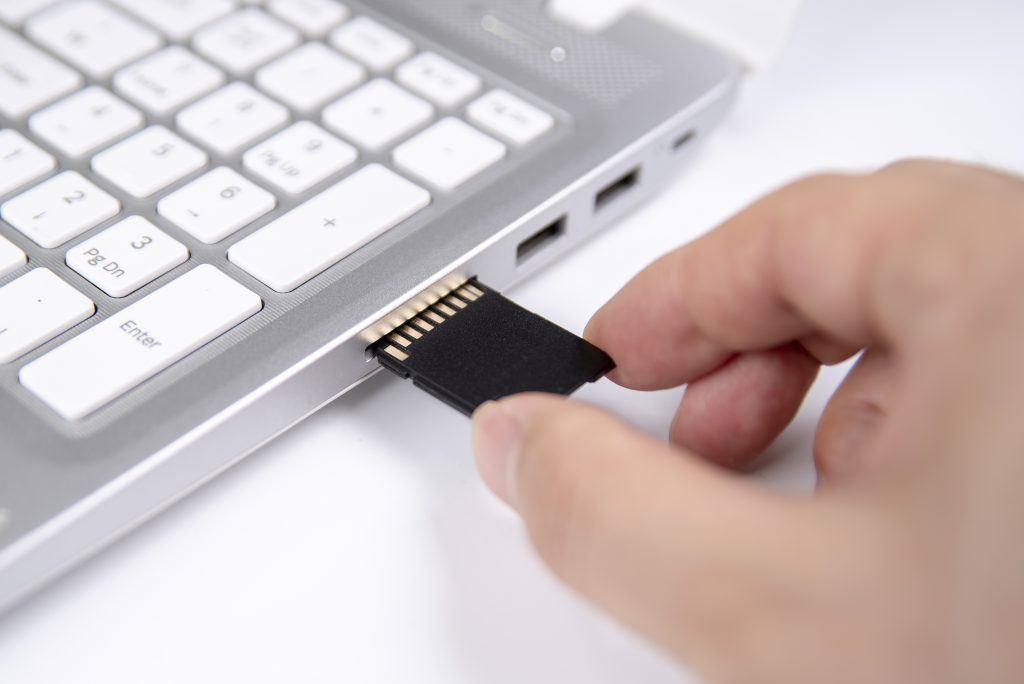
A Security Digital or SD card is a tiny storage card that uses flash memory to provide high-capacity storage. They are the ultimate storage destination for all sorts of information. They can store media recorded through electronic devices like smartphones, cameras, audio/video players, camcorders, handheld computers, etc.
So what are the different types of SD cards? Since 1999 to date, SD cards have seen several modifications in their shape, size, and memory storage. What started as a 32 MB storage has now surpassed the capacity of 128 TB. Initially, only SD cards were available which were the largest and had a cut-corner design.
They would only be used in portable cameras and handheld computers, mainly devices which had large card clots. Mini SD cards came much later and were lighter and smaller in size as compared to the SD cards. However, they are not in use anymore ever. Not since the micro SD cards were introduced. These are the tiniest cards in size and are widely used in new generation smartphones and audio/video consoles.
All these SD and micro SD cards have made data storage incredibly easy as one can backup or restore all the information on one device to another one. Using a card reader, one can transfer data from any type of SD or micro SD card to a computer, or external drive.
Read more: What Is An Sd Card Adapter
How Important Is An SD Card?
Backing up important data has always been a highly important yet daunting task. No individual or business could afford the loss of valuable information as it could cost them their clients. Moreover, all their hard work, would go to waste if such a thing were to happen. With data being critically important, keeping multiple back-ups is always a good idea. The ever-increasing need for backing up data has led to the production of several storage mediums. Starting from magnetic tapes and floppy drives, CDs, and DVDs to memory sticks, hard drives, and SSDs to memory cards, the options have evolved over the years.
Older mediums of storage were harder to use and had the constant risk of losing data. Any sort of physical or software damage could lead to loss of the information stored in them. With the advancements in technology, the storage devices have also gotten more durable as well as smaller in size and faster in speed.
SD cards are the reformed medium of storage. Their availability in several different forms and storage sizes is what distinguishes them. A small micro SD card is capable of storing data of up to 1 TB of size, with incredibly fast speed.
Benefits Of SD Cards
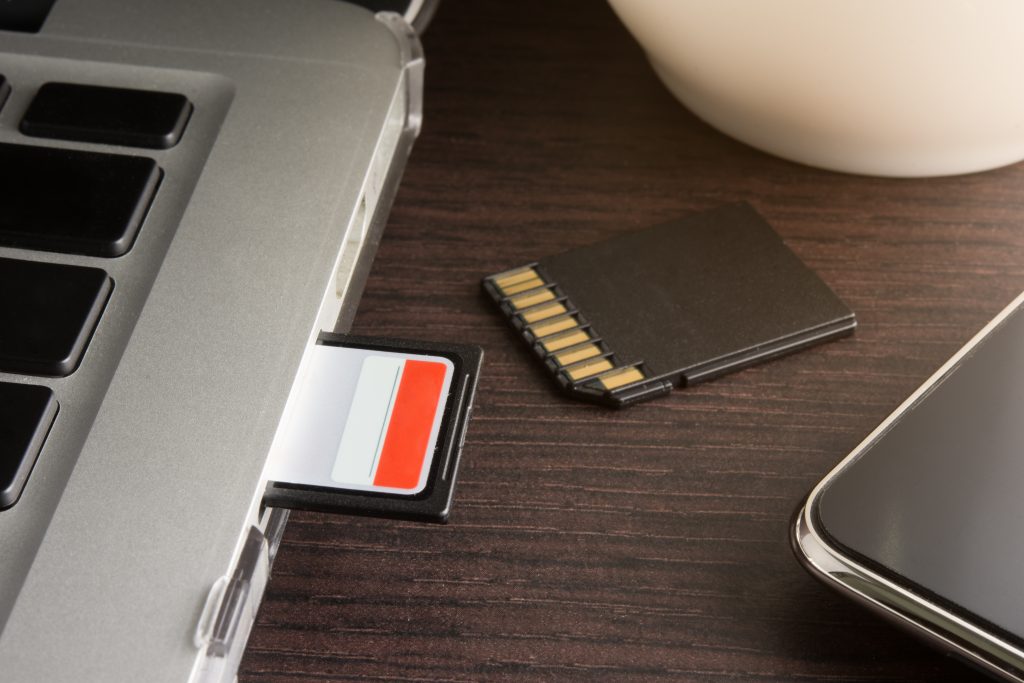
Here are some of the benefits that elaborate on the importance of having an SD card for backup purposes.
- SD Cards are made of extremely durable and solid material due to which no mechanical damages can occur.
- They are based on non-volatile memory to ensure the stability of data. There is no threat to the safety of stored information in case of power loss. Nor does it require periodic refreshing.
- They come in extremely small sizes with large storage capacity and can easily be slid into any electronic device.
- SD cards offer great compatibility with almost every electronic device. They just need to be plugged into the device without having to run any specific software. This makes the transfer of data from one device to another extremely convenient.
- They are super-fast in reading and accessing the data. This way one can transfer tons of data using the SD card and work on other apps simultaneously without any lags.
- There are various storage spaces offered by SD cards. Depending on your requirement, you can pick from 128 MB to 120 TB SD card for backing up your data.
- They easily fit into the card slots of electronic devices and can be easily removed from a slot too.
- The transfer rate offered by SD cards is ultra-fast and so, large chunks of data can be copied in a very short time.
- Due to their small size and compatibility, they are the most used storage medium. You can carry an SD card in your pocket or even wallet. They are portable and can be carried easily.
- They are very cost-effective and even a 1 TB micro SD card will not cost too much.
Things To Consider Before Buying An SD Card

Now that we have looked at the benefits and functionality of SD cards, let’s dive into the factors that you need to keep in mind before buying one. As with other tech products, SD cards have different shapes, forms, and capacities. They can act as primary storage for some devices or enhance the storage capacities of others, for example, smartphones and tablets. Let’s dive straight into helping you decide the best SD card for your needs.
Speed Class
Speed is perhaps the most important factor that defines your storage needs. To avoid paying more for what you require, you need an understanding of the different speed classes of SD cards. Speed classes are designated by the SD Association, they act as a guide for the manufacturers.
Manufacturers of SD cards use these speed classes to distinguish between different SD cards. There are three types of standards defined by the SD association. First is the Speed Classes 2, 4, 6, and 10 which correspond to write speeds of 2, 4, 6, and 10MB/sec correspondingly.
The other two classes; the UHS (Ultra High Speed) Classes i.e. U1 and U3, and the Video Speed Classes of V6, V10, V30, V60, and V90 correspond to even higher write speeds. These are used by professional photographers and videographers who employ HD and UHD video recordings.
Speed Class 10 and UHS cards are suitable for FHD video recording, meanwhile, class 4 and 6 can be used for HD recordings. Class 2 cards are older and slower for modern devices’ usage. Most smartphones even nowadays can record high-definition videos.
Hence speed classes 4 and 6 are recommended for daily use. Moreover higher speed class 10, UHS1, UHS3 are recommended to professionals engaged in recording Ultra High-Definition videos.
Read more: How To Store Sd Cards
Physical Size
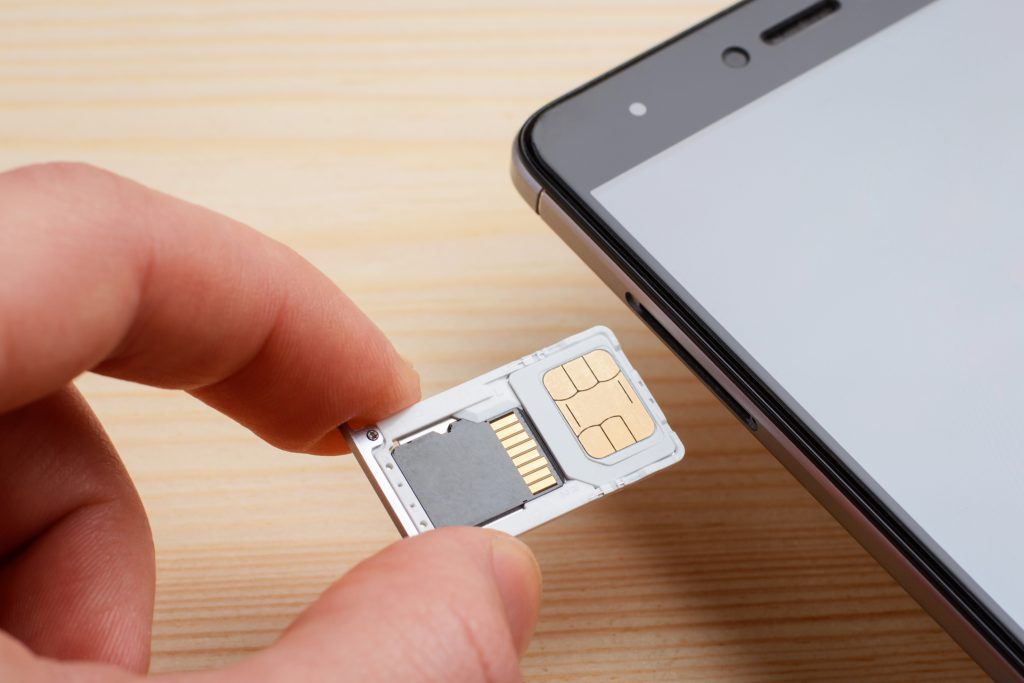
Judging the compatibility of an SD card with your device becomes easier if you know the size of the SD card. SD cards come in three sizes; the standard-sized SD card, the mini SD card, and the micro SD cards. Although all cards provide the same data integrity, the ability to support the SD card is important.
Measuring 32x24x2.1 mm, the standard SD card is the largest. Weighing 2 grams, it is still quite small compared to other storage devices. Most cameras, laptops, and video recorders still host the standard SD card size. They can be distinguished by their corner-cut designs.
The intermediate sizing of mini SD cards was designed to accommodate smaller devices such as smartphones. Since the advent of even smaller micro SD cards, the mini SD cards have become more of an obsolete commodity. They measure 21.5X20x1.4 mm and weigh 0.8 grams.
Modern devices usually support micro SD cards. Their ultra-small size makes them perfect for providing maximum storage per unit size. Almost all smartphones, cell phones, tablets, mP3 players, and smaller digital cameras are host to these cards. Micro SD cards have the added advantage of being used in SD card slots using an adaptor.
Capacity
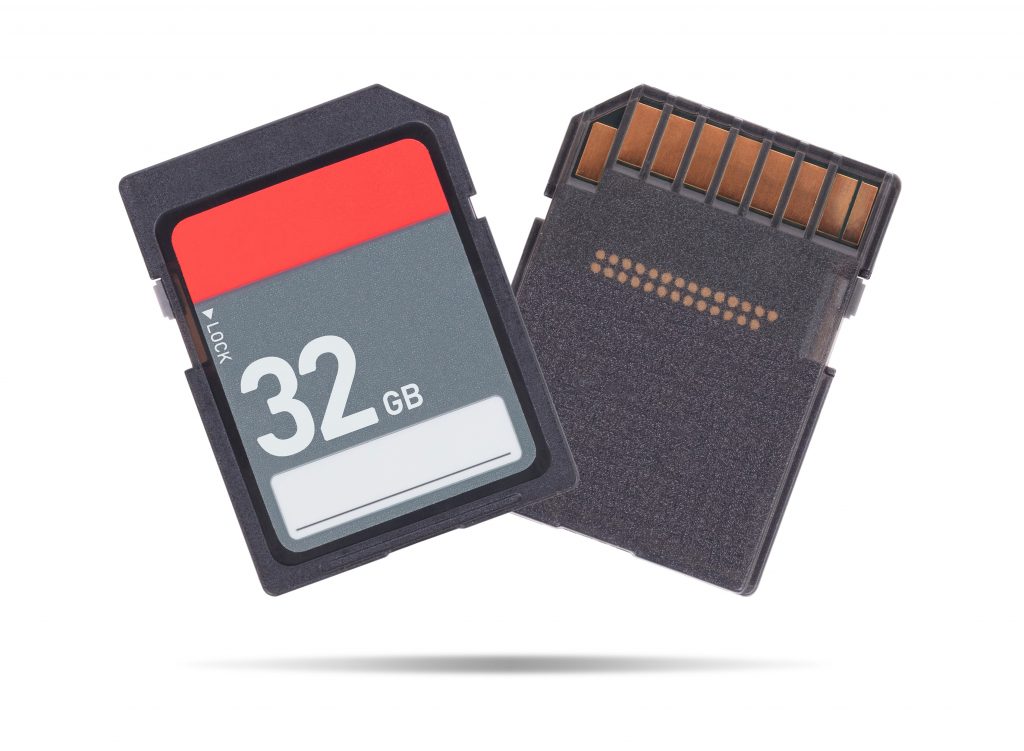
Most users don’t need 1 Tb micro SD cards to fulfill their storage requirements. The two classes defining SD card storage capacities are SD Standard-Capacity (SDSC), SD High Capacity (SDHC), and SD Extended Capacity (SDXC). The SDSC cards are available in capacities of 1MB to 2GB, meanwhile, the SDXC cards boast storage capacities up to 2TB. The intermediate SDHC standard was created after the SDSC as modern gadgets faced greater storage needs.
SDHC cards with capacities ranging from 2GB to 32GB are the most common variant used by smartphone users. However, with the advent of smartphones capable of recording 4K video recordings and stills, larger storage denominations are the need of the hour. Most smartphones come with internal storage capacities of 64GB and above. Hence, the need for 1 TB micro SD card capacity or more is minimal.
Compatibility
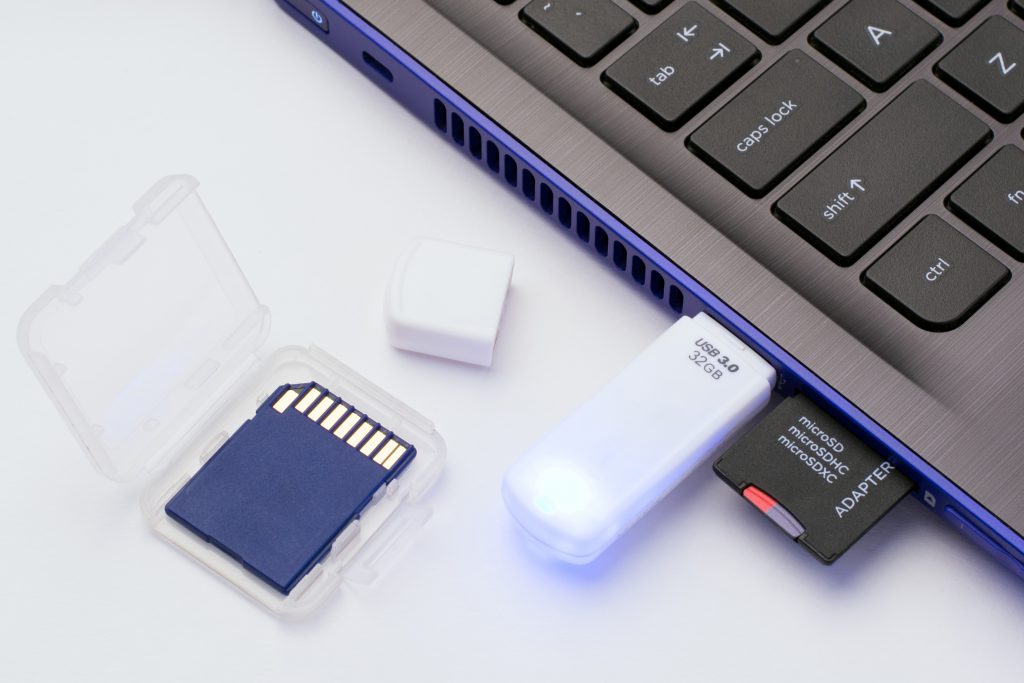
One last thing to check is the compatibility of your device. The newer SDXC cards will not be supported by the devices that pre-date this technology. For them, you have to choose an SD card from the SDSC or the SDHC category. However, due to devices being backward compatible, the older versions can easily be used on newer devices. This may result in a loss of performance, as the older cards are slower.
How To Use An SD Card?
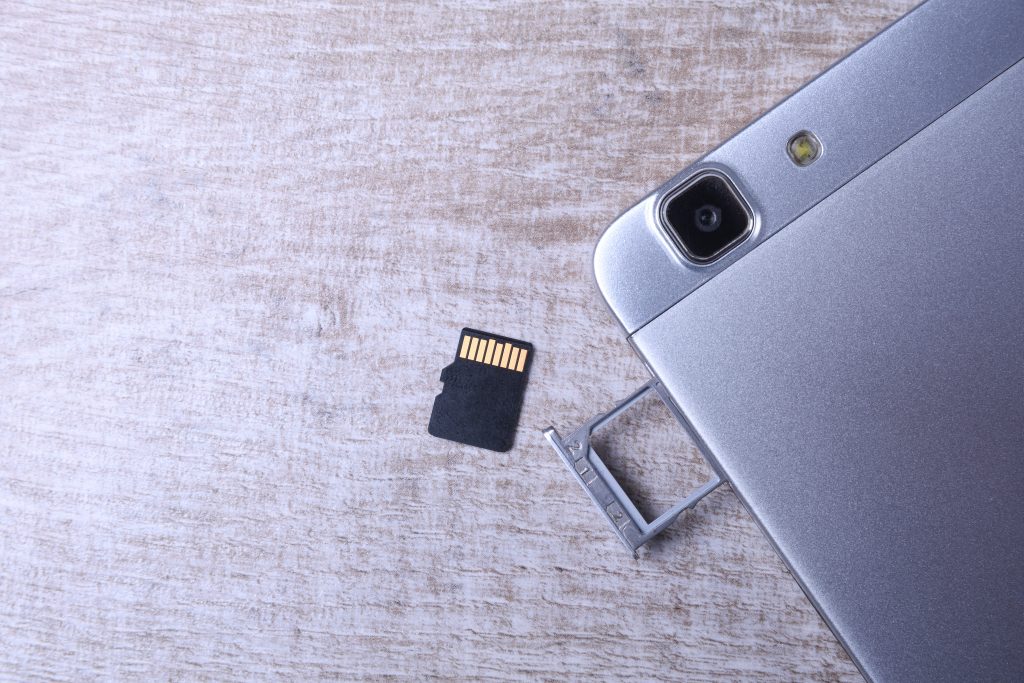
Using an SD card is perhaps the easiest compared with other storage devices. Most devices have SD card slots that open to produce a card tray. This is similar to opening a sim card slot. The next step is to insert the cart in this tray and push the tray into the SD card slot.
After closing the slot, the smartphone or tablet will automatically detect the SD card and exhibit all the information stored on the card. Hence, installing and using an SD card is probably the easiest thing to do and any novice can perform this simple task.
As mentioned above the Micro SD cards can usually be inserted into an adaptor and then used in SD card slots instead of the Micro SD one. This is of great importance to data recovery as well as data transfer from smartphones, tablets, and gadgets onto the laptop. This ensures that the SD cards in your smartphones can be sufficiently backed up on another device.
This process is also vital for an SD Card Formatter to perform its functions. By mounting the Micro SD card onto this adaptor, the user can easily format it by employing an SD Card Formatter. Although the SD Card stores the data in a non-volatile manner, it can still lose its data sometimes.
Read more: How To Store On Sd Card
Formats Of SD Cards
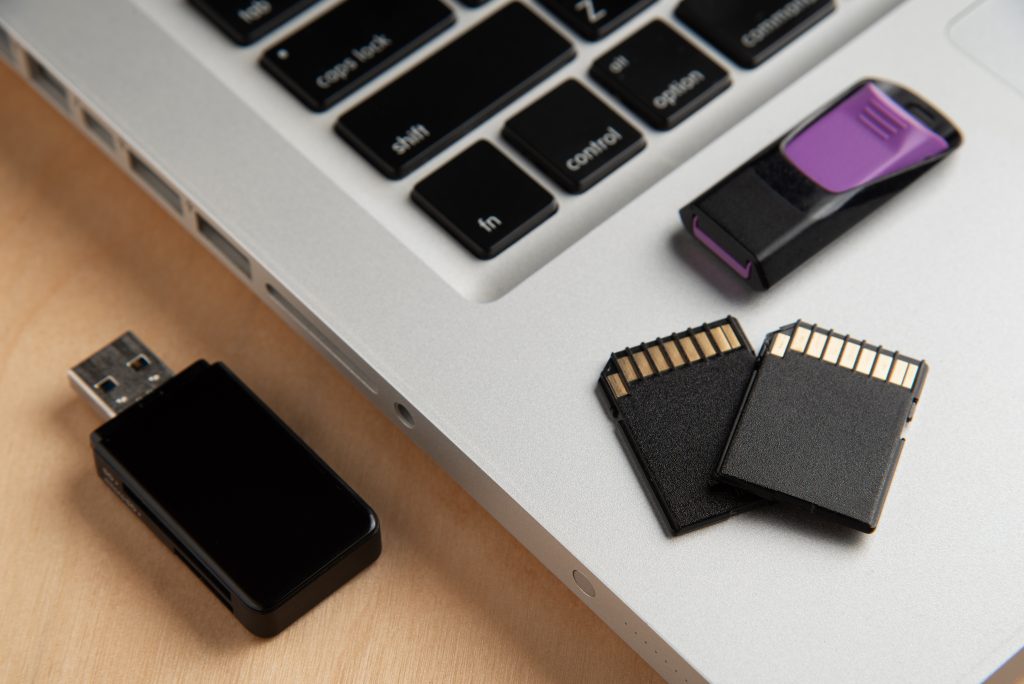
There are three forms of SD card failures; logical failure, physical failure, and logical cum physical failure. Physical failure is the most difficult to recover data from. It requires a qualified technician to perform a sort of highly-skilled surgery on the SD card.
In case of a logical failure, the SD card is mounted on the laptop and the operating system will detect the card as external storage. The windows software performs the function of SD Card Formatter and lets you retrieve your lost data by a quick scan or a deep scan.
Final Thoughts
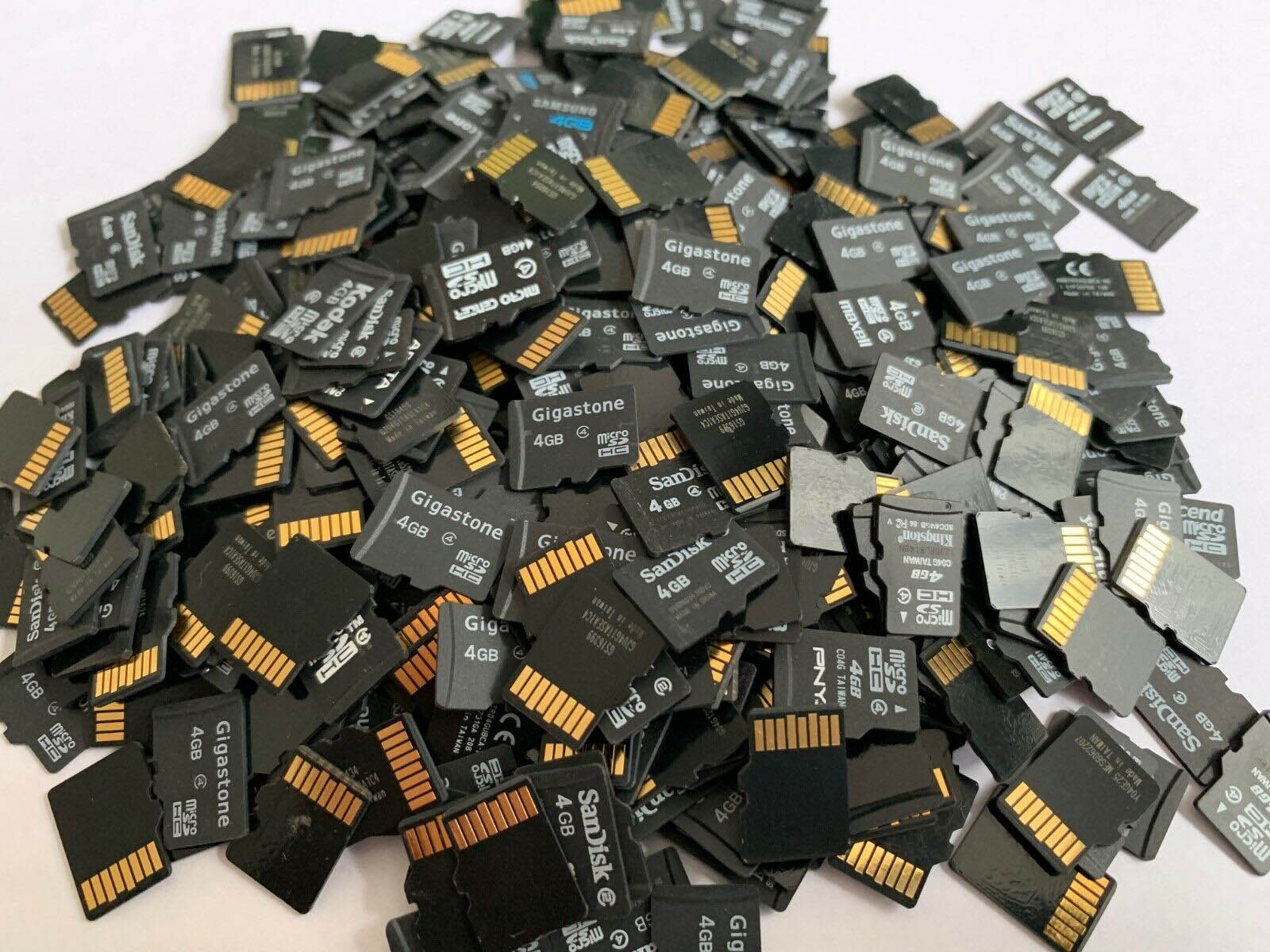
Source URL: Ebay.com
SD cards are durable enough to handle huge bytes of data without any risk and so, they are preferred over the olden storage mediums. This guide has pointed out every aspect related to an SD card and why is it important to have one. We have also discussed the things one must keep in mind before heading out to get an SD card, and the multiple benefits a good SD card offers.
One of the things that could be of a problem is the loss of data in case of the SD card getting corrupt due to an already corrupted computer/smartphone software. But even that’s not much big of a worry considering the plethora of efficient software available. This software performs a deep scan on the card and recovers every file.
All in all, investing in SD cards could prove to be highly beneficial for you considering the tons of benefits it has to deliver. So why not check out our article on 10 cheap SD cards for your smartphone.
Was this page helpful?
At Storables.com, we guarantee accurate and reliable information. Our content, validated by Expert Board Contributors, is crafted following stringent Editorial Policies. We're committed to providing you with well-researched, expert-backed insights for all your informational needs.
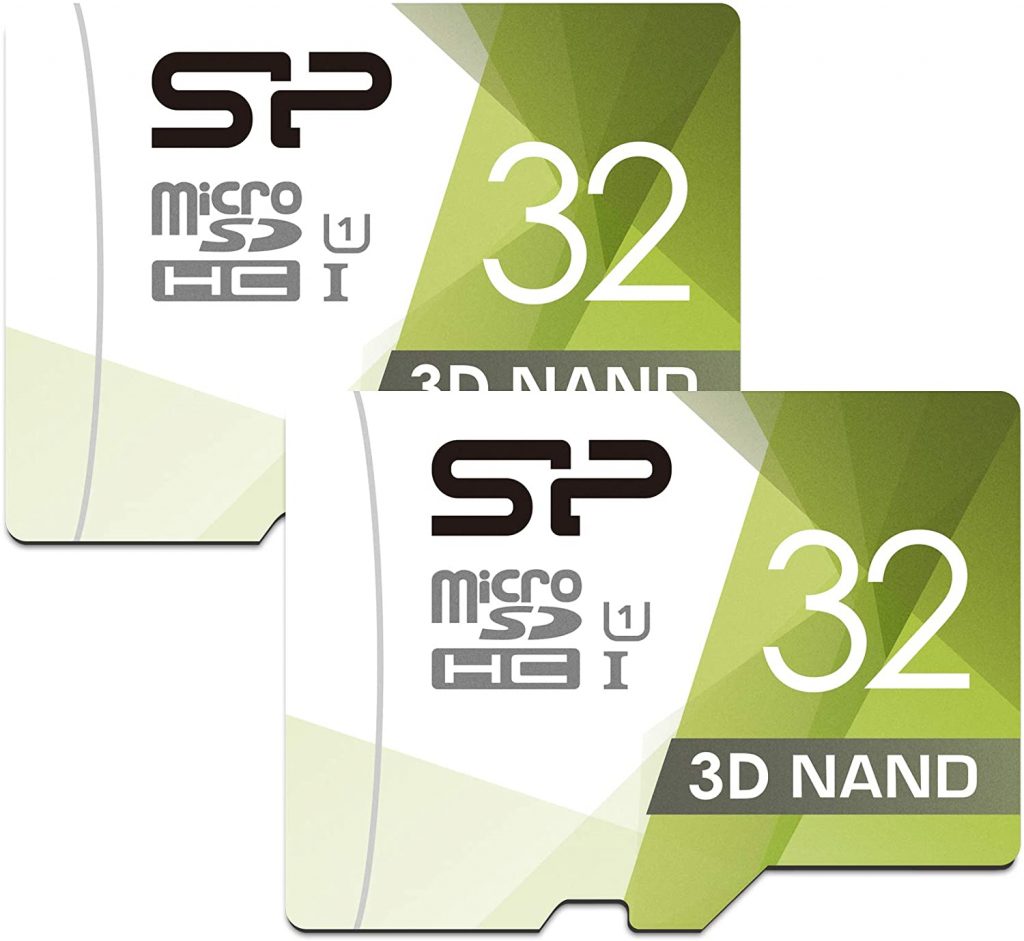

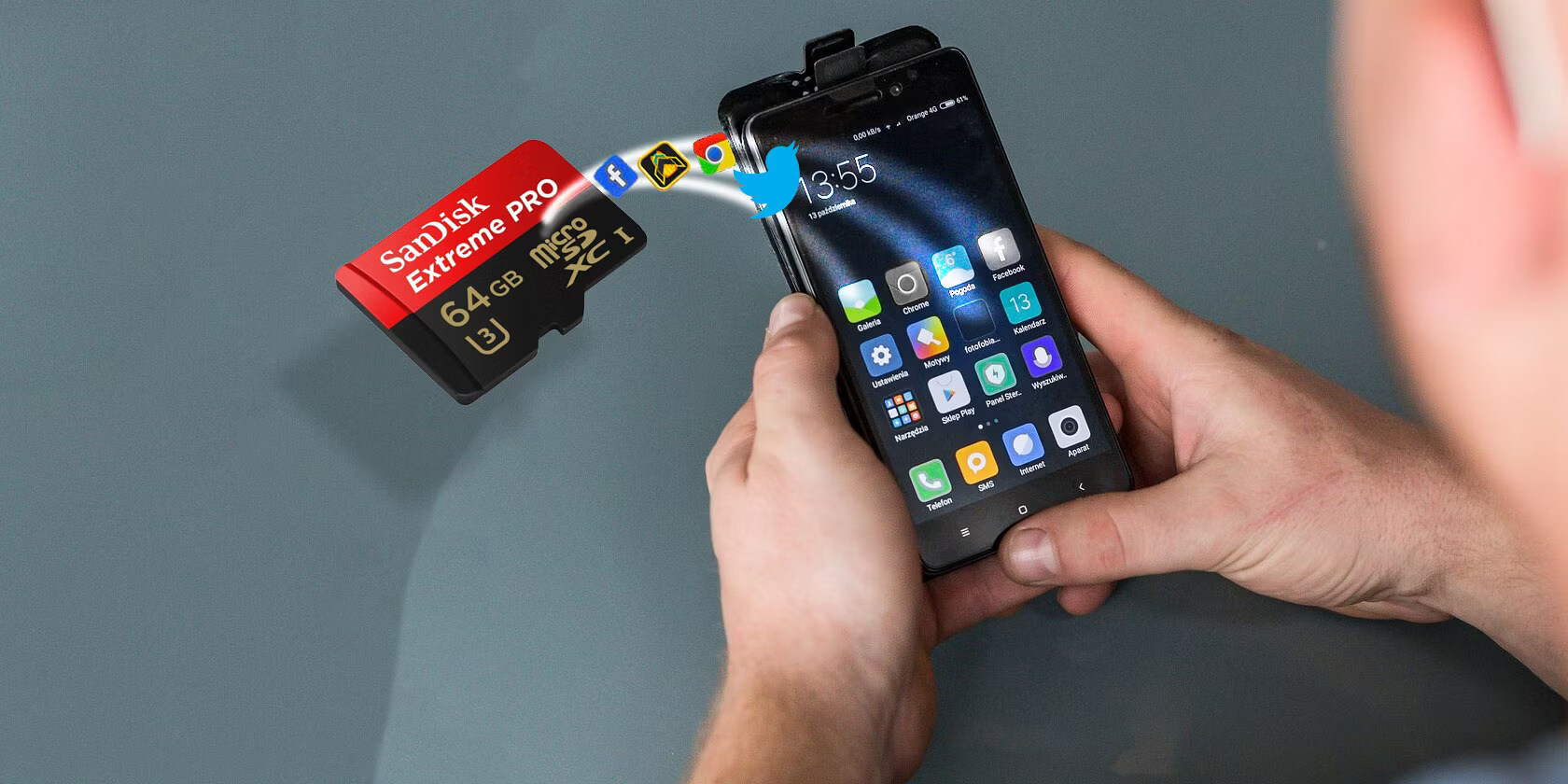
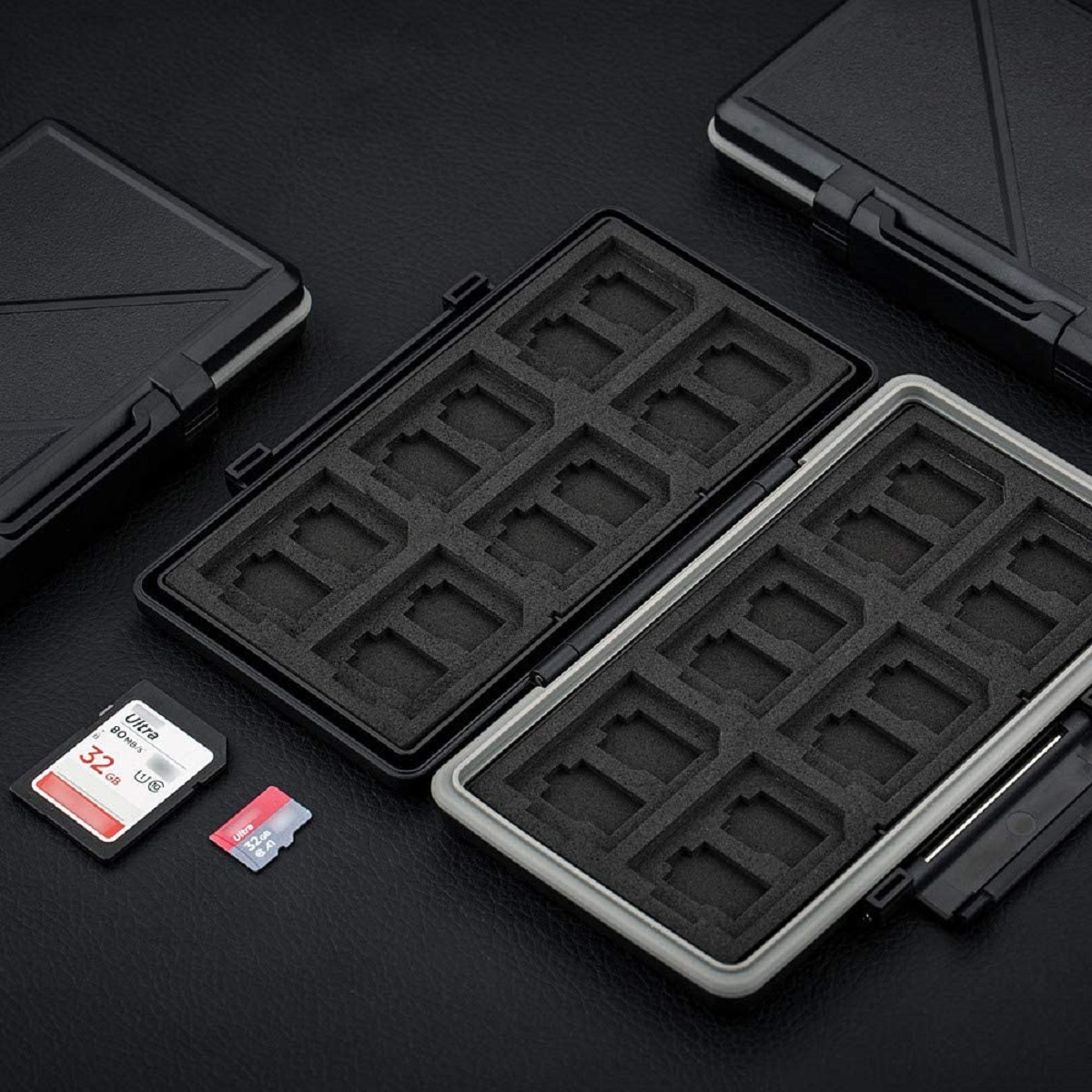
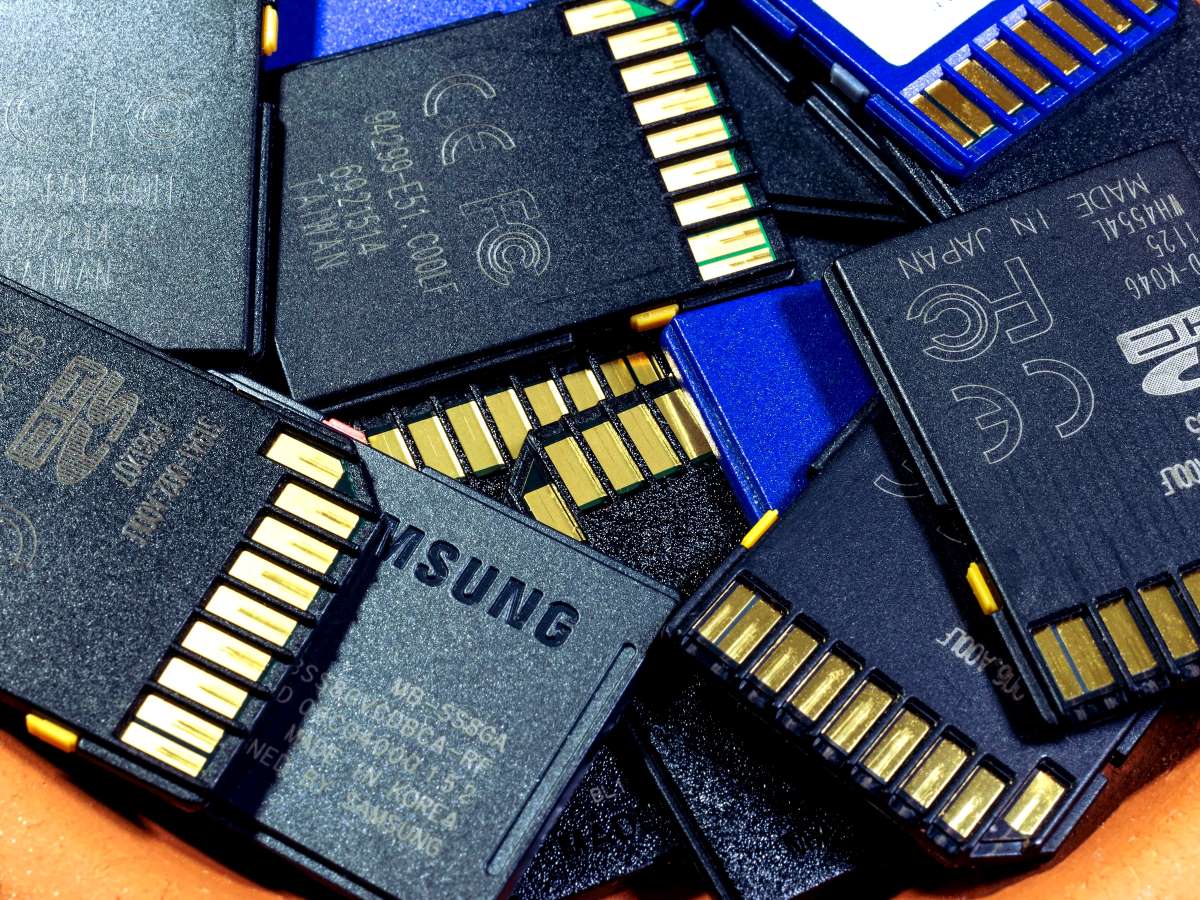
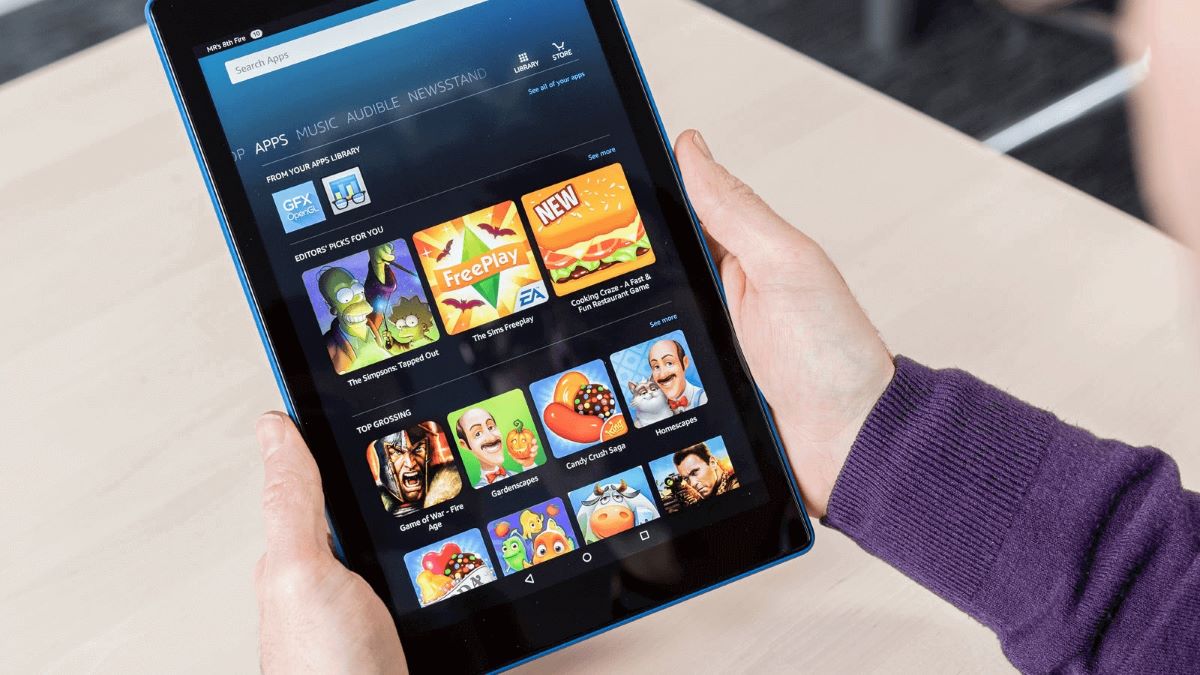
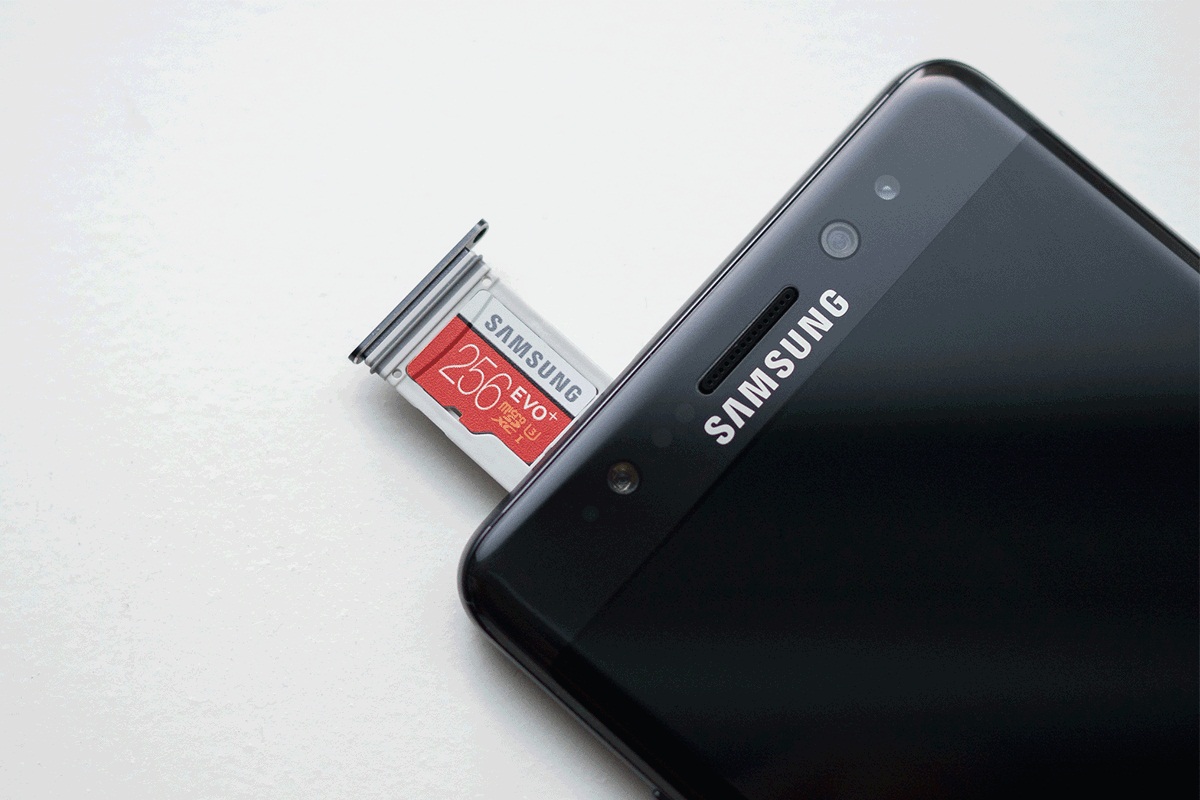
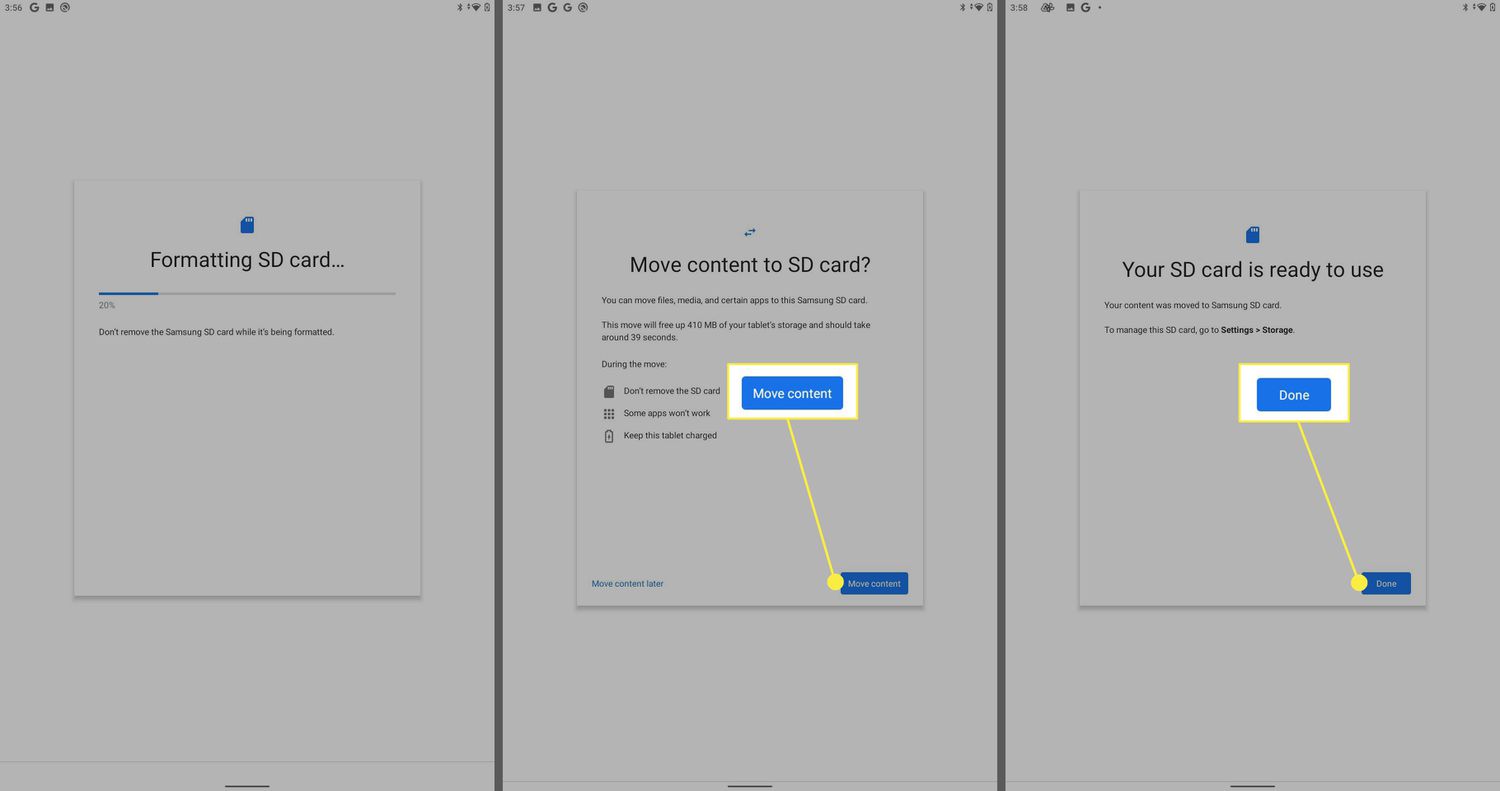
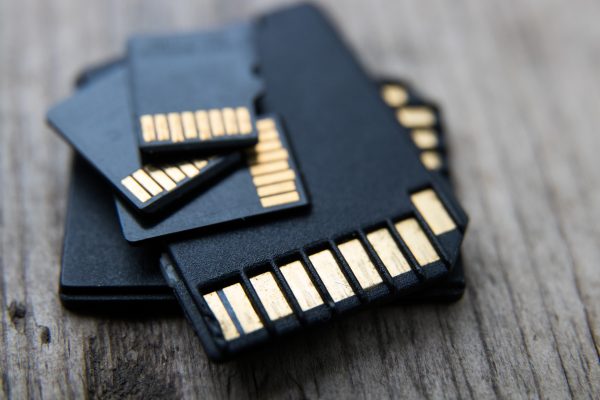
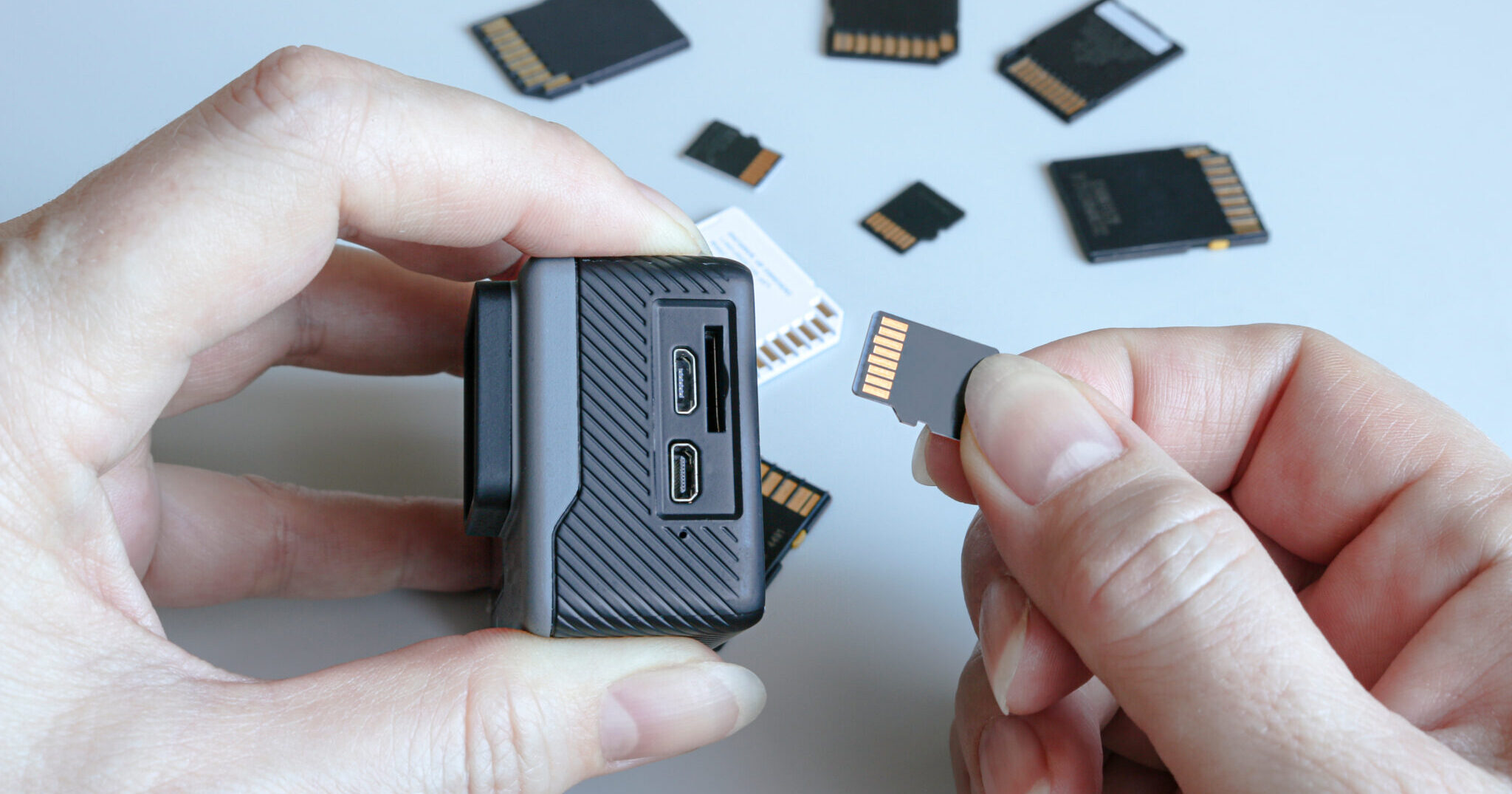
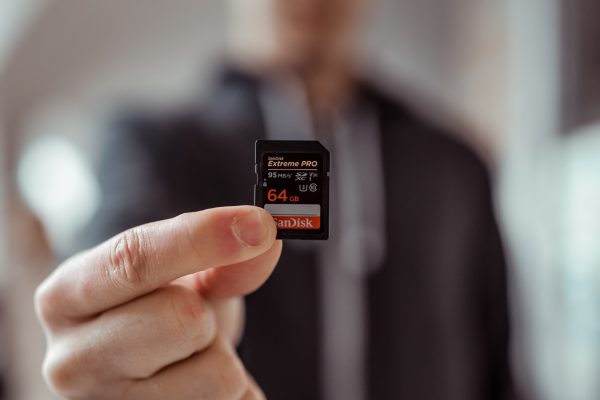
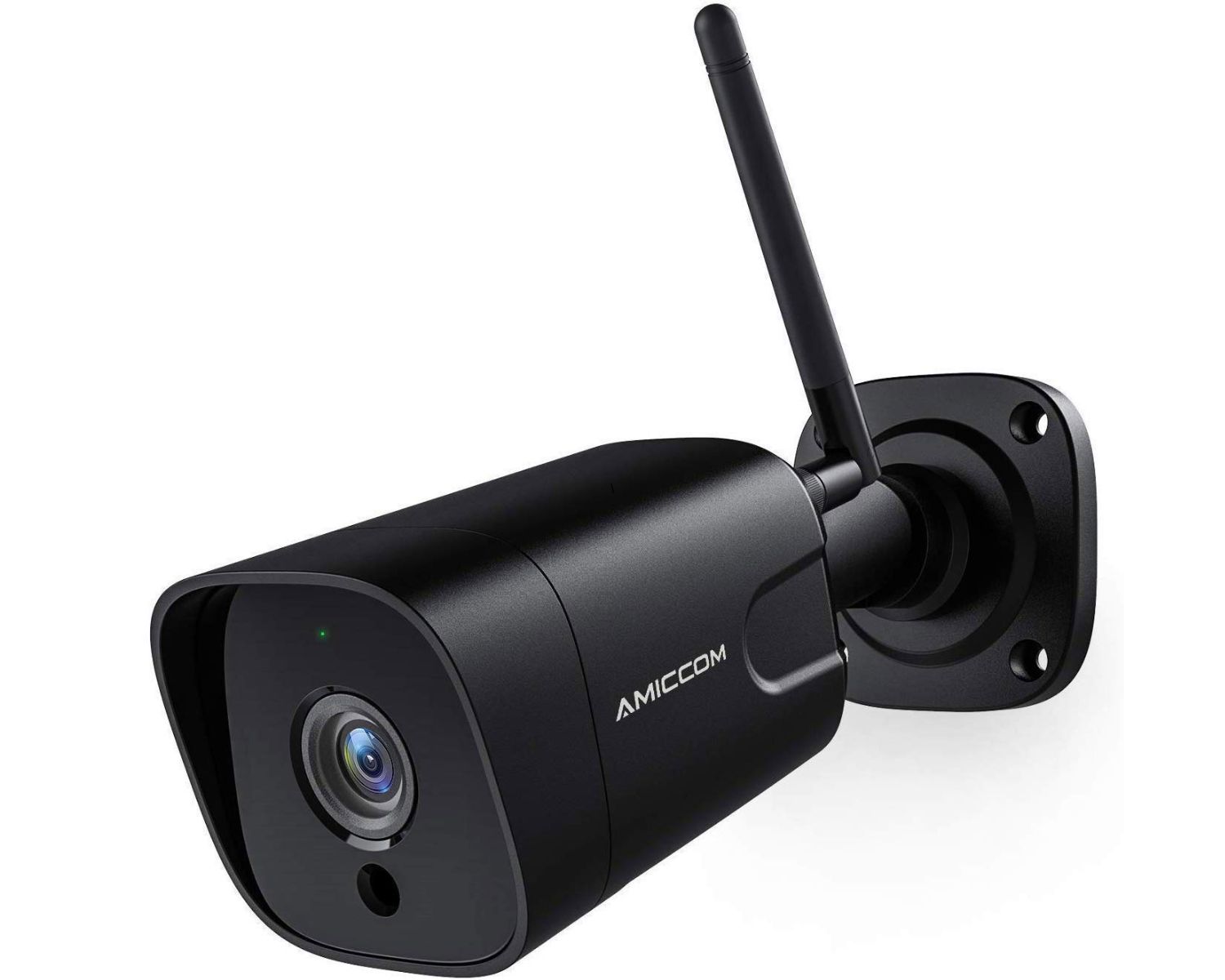
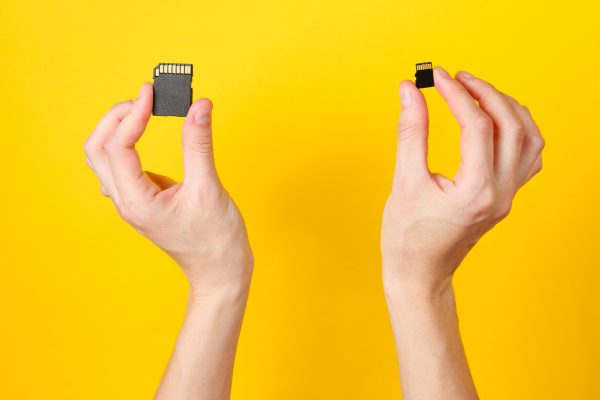
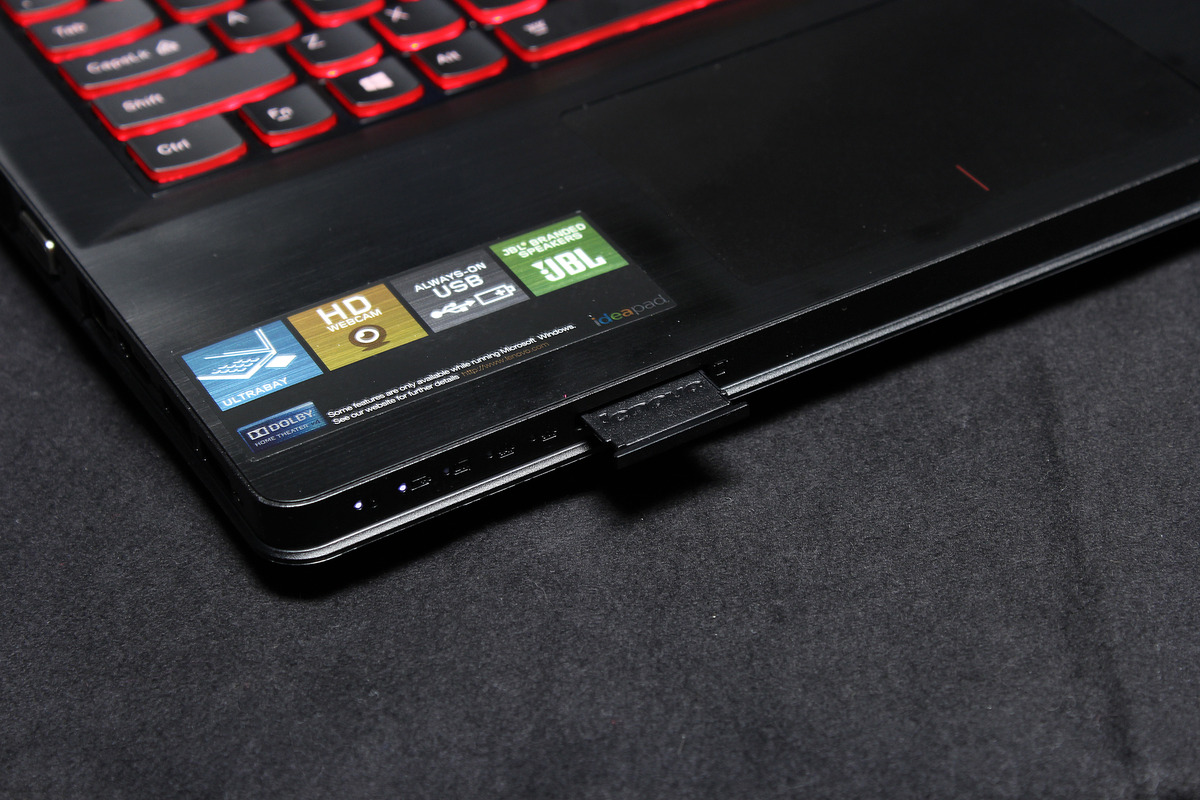
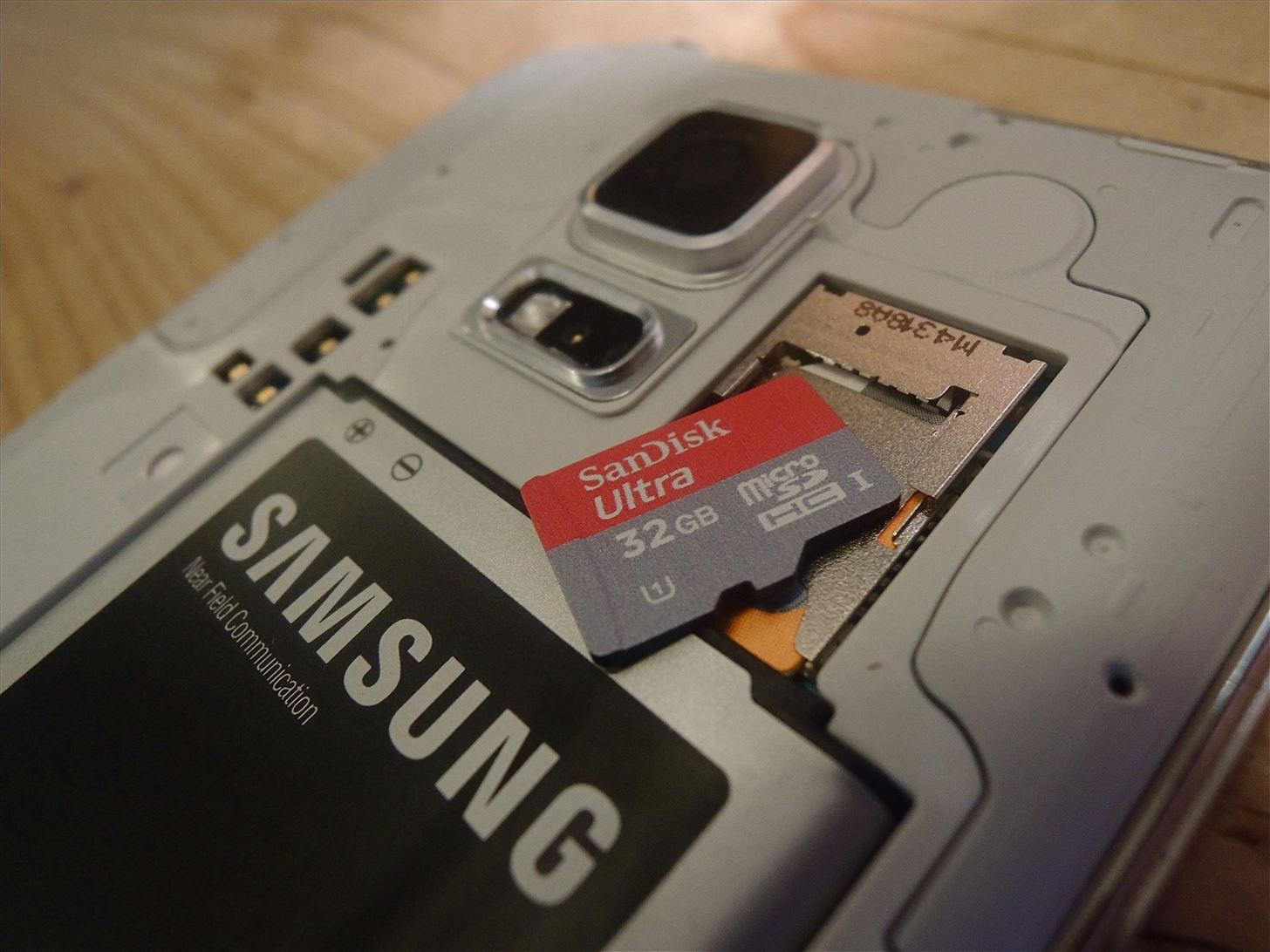

0 thoughts on “How Important Are SD Cards?”